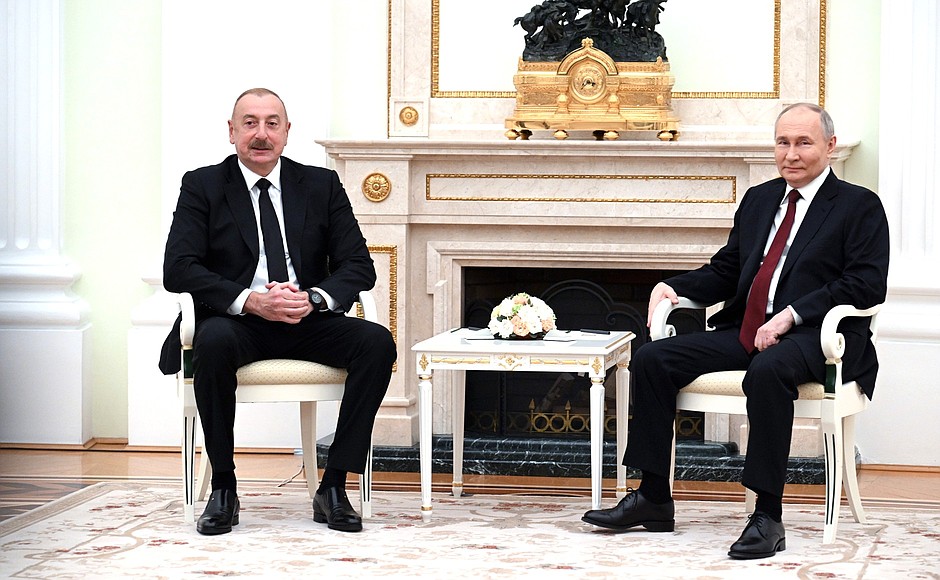For the past few weeks, thousands of Indonesian students in cities all around the country have organized large-scale protests, the likes of which Indonesia has never seen before. The source of their dissent is harsh measures implemented by Prime Minister Prabowo Subianto. In particular, the protesters object to the extensive budget slashes made to bolster funding for Prabowo’s own welfare programs. While tens of millions of dollars have been dedicated to his attempts at improving education and health, their effect has been questionable. It’s unclear whether the Prime Minister’s actions took inspiration from American President Trump’s attempts at slashing the US federal budget and bureaucracy, but they highlight a similar trend across Asia. The real question is whether his new implementations deserve their significant pushback and what effect they’ll have on Indonesia as a whole.
Initially, Indonesians expressed distrust towards Prabawo’s social welfare schemes. While his attempts at fund allocation leave $28 billion USD for a free meal program for schoolchildren and expecting mothers, they haven’t been received well by the public. This is due to the effect the funding allocation has on government projects, which has caused concern among the populace over imminent consequences. The Straits Times reports that the budget of the Public Works Ministry “was cut by 54.5 percent to 50.5 trillion rupiah, raising questions over the building and maintenance of basic infrastructure,” including dam construction, irrigation networks for rice farming, and flood-prevention structures. In addition, civil servants have had to cut everything from air conditioning units to elevator maintenance in order to deal with harsh slashes to their ministries’ budgets. Overall, Indonesians are worried about how this reduced government spending will affect their safety, security, and wellbeing. Dr. Mohammad Faisal, executive director of Jakarta-based think-tank Centre of Reform on Economics Indonesia, says that “the economy at the regional level depends heavily on government spending to drive its growth.”
Cuts affect more than just infrastructure projects, though, which themselves have been cancelled by the dozen. Prabawo had his administration cut 306 trillion rupiah in January, telling ministries and government agencies to “halve” their costs on things like business trips. Yet, this “fund allocation” will likely spread to necessary and essential funding, as expressed by Chairman Rifqinizamy Karsayuda of the Economy and Finance Commission II of the House of Representatives (DPR). In a public statement to the Indonesia Business Post, he said, “We understand that the policy taken by the government is for the sake of efficiency, but the government must ensure that programs of the people’s interests must continue to run optimally.” The same source confirms that the “Ministry of Home Affairs cited that their ministry had managed to cut its spending by 57.46 percent from the original Rp4.79 trillion (US$291,754,000) to Rp2.03 trillion.”
Prabawo’s project, for all its laudable intentions, has also met skepticism from economic analysts over its effectiveness. Meant to combat child stunting due to malnutrition, Prabawo’s free-meal program could cost up to $28 billion USD by the end of his term in 2029. Furthermore, AP News reports that investors and analysts have questioned the logistics behind supporting its industrious and long-term aspects. Facets such as the free-meal program directed at children and expectant mothers would put strain on the already high payments Indonesia relies on in importing swaths of wheat, rice, beef, soybeans, and milk, drastically unbalancing a key sector of Indonesia’s economy.
Another aspect of Prabawo’s cuts is Danantara, a sovereign wealth fund based on Singapore’s highly successful one, which aims to centralize and increase efficiency in state investment and help fund over 21 major energy and industrial projects, according to Indonesia at Melbourne, at the University of Melbourne. The multibillion-dollar megaprojects include renewables, advanced manufacturing, and food production and are expected to develop Indonesian industries and bring forth major economic benefits. However, there are some concerns around this new project. First, there’s concern over whether Danantara will truly address the most pressing issues facing the Indonesian people, or simply aim to make the rich even richer through the development of specific sectors. This goes along the issue of how regular people will benefit from Danantara’s projects and whether they will have any effect on them. Finally, the Asia News Network expresses concern over the legal immunity given to Danantara and its administrators, as well as it being under the total and unregulated control of Prabowo. This would only heighten the possibility for large-scale corruption, making use of Danantara’s lavish funds.
However, in many ways, Prabawo is on track to handle an important issue affecting Indonesia. The United Nations Children’s Fund estimated that one in 12 Indonesian children younger than 5 suffers from low weight while one in five is shorter than normal. In addition to this, studies have consistently shown that in Indonesia, stunting at young ages, which is largely irreversible, occurs in 20.1% of children under the age of two. While poverty and hunger levels have been consistently dropping as the country developed into an upper-middle income country, public awareness and action towards nutrition have not greatly improved. This is especially concerning in the context that “stunted children earn 10% less over their lifetimes, while overweight individuals are at higher risk of diet-related non-communicable diseases that cost Indonesia billions of dollars in treatment and lost productivity,” according to the Asian Development Bank. Another estimate places the total cost of malnutrition in Indonesia at 3% of GDP.
This, however, does not excuse the fact that food is not the primary cause of malnutrition. Limited access to healthy foods, inadequate nutrition knowledge, poor dietary habits, and unsanitary environments may all propagate malnutrition, which appears in the overweight and obese as much as it does in the underfed. On the whole, Prabawo’s scheme has met rightful indignation from the global Indonesian community for its effects on tens of millions of lives, and potentially devastating impacts on Indonesia’s infrastructure and economy, but the sentiment and awareness towards problems facing children all over the world is still laudable. Even more concerning, however, is the rise of Danantara, and a potential corruption crisis. Overall, Indonesians must keep an eye on these radical new changes, as for better or for worse, they could greatly impact Indonesia’s future.








